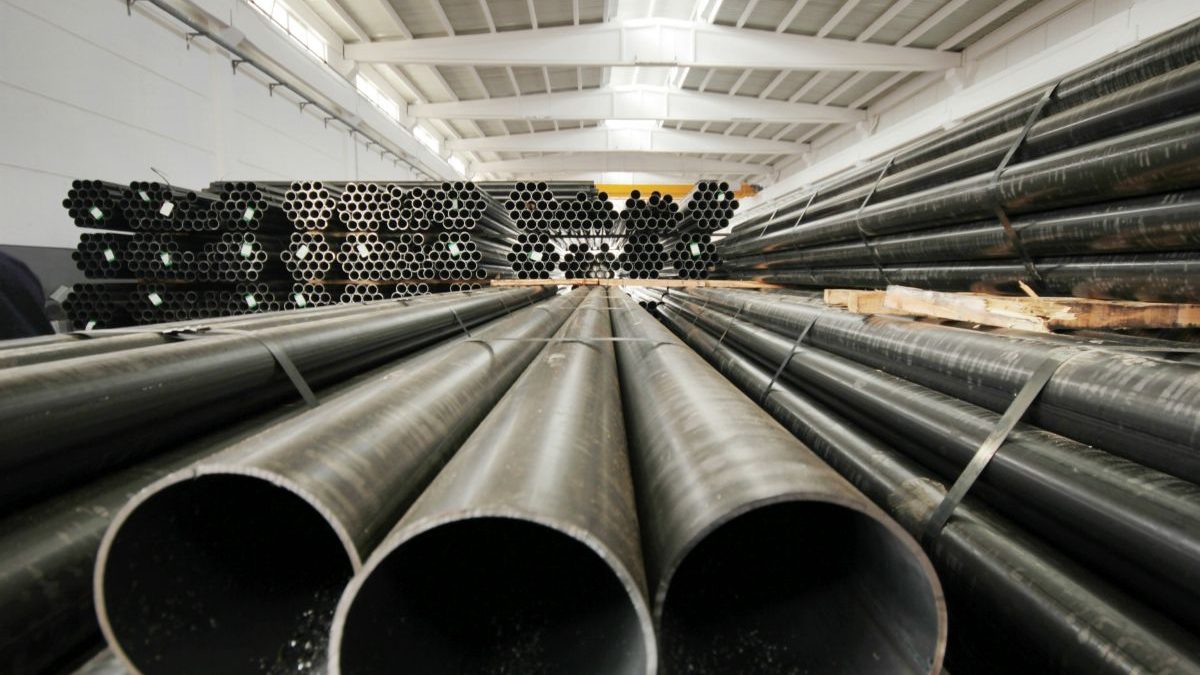Introduction
Steel pipes are essential in industries ranging from construction to energy. They are valued for their strength, versatility, and ability to handle demanding environments. However, exposure to moisture, chemicals, and high pressures can shorten their lifespan. This is where protective solutions such as coatings and linings come into play. For example, a Stealth tuyau en acier treated with the right protection can perform reliably for decades.
The Challenge of Corrosion and Wear
Unprotected steel pipes are vulnerable to corrosion, which occurs when oxygen and moisture react with the steel surface, forming rust. Over time, this weakens the pipe, reduces flow efficiency, and can even cause leaks or structural failure. In addition to corrosion, abrasion from transported materials or chemicals can erode the interior surface. Without protection, maintenance and replacement costs rise significantly.
Types of Protective Coatings
Coatings applied to the exterior of steel pipes act as a shield against environmental factors. Common types include:
- Epoxy Coatings – Provide excellent resistance to chemicals and moisture, ideal for buried or submerged pipes.
- Polyurethane Coatings – Durable and flexible, suited for environments with temperature variations.
- Zinc (Galvanized) Coatings – A sacrificial layer that protects steel from rusting.
- Fusion-Bonded Epoxy (FBE) – Widely used in oil, gas, and water pipelines for long-term corrosion resistance.
These coatings are applied in controlled conditions to ensure complete surface coverage and strong adhesion.
Role of Linings in Protection
While coatings protect the exterior, linings safeguard the pipe’s interior. This is especially important when pipes carry water, chemicals, or abrasive materials. Common linings include:
- Cement Mortar Linings – Used in water pipelines to prevent corrosion and maintain water quality.
- Epoxy Linings – Provide a smooth, protective barrier that reduces friction and resists chemical attack.
- Plastic Linings (PE, PVC) – Add toughness and chemical resistance for industrial applications.
By preventing direct contact between the transported material and the steel wall, linings extend the service life and reduce maintenance needs.
Benefits of Coatings and Linings
Applying coatings and linings to steel pipes provides multiple advantages:
- Extended Lifespan – Reduces wear, corrosion, and chemical damage.
- Lower Maintenance Costs – Prevents premature repairs or replacements.
- Improved Flow Efficiency – Smooth linings decrease friction, reducing pumping energy.
- Environmental Protection – Reduces the risk of leaks that could harm ecosystems.
- Compliance with Standards – Many industries require specific protective measures to meet safety regulations.
Industries That Benefit Most
Protective coatings and linings are widely used in sectors where pipes face challenging environments:
- Oil and Gas – Transporting hydrocarbons and chemicals requires high resistance to corrosion.
- Water Supply and Wastewater – Linings ensure water quality while preventing pipe degradation.
- Marine and Offshore – Saltwater exposure demands strong exterior protection.
- Construction and Infrastructure – Foundations, bridges, and supports rely on coated steel for longevity.
Final Thoughts
Coatings and linings play a critical role in extending the service life of steel pipes by preventing corrosion, resisting chemical attack, and improving efficiency. They not only enhance performance but also lower maintenance costs and environmental risks.












